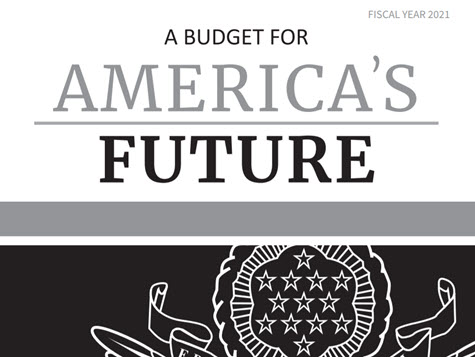
The Trump Administration yesterday issued its Council of Economic Advisers’ 2020 Annual Report, which warns that regulatory constraints on affordable housing development in key markets drive up costs, increase homelessness and pose a potential threat to U.S. economic growth. (White House, Feb. 20)
- The White House report also lists issues such as the opioid crisis as a drag on the historic economic expansion, while focusing on affordable housing constraints as a major impediment. (PoliticoPro, Feb.20)
- “We find that a key driver of the housing unaffordability problem is the overregulation of housing markets by State and local governments, which limits supply,” the report states. “By driving up home prices, overregulation adversely affects low-income Americans in particular, who spend the largest share of their income on housing.”
- To illustrate how rising housing unaffordability in U.S. real estate markets adversely affects economic growth, the report profiles 11 supply-constrained geographic areas. The report finds that deregulation in these areas would increase affordability enough to reduce homelessness by an estimated 31 percent on average.
- The report explains, “Such overly restrictive regulations include zoning and growth management controls, rent controls, building and rehabilitation codes, energy and water efficiency mandates, maximum-density allowances, historic preservation requirements, wetland or environmental regulations, manufactured-housing regulations and restrictions, parking requirements, permitting and review procedures, investment or reinvestment tax policies, labor requirements, and impact or developer fees.”
- The Trump Administration has focused on deregulation by establishing the White House Council on Eliminating Regulatory Barriers to Affordable Housing, while the Department of Housing and Urban Development (HUD) is encouraging State and local governments to focus on increasing housing supply in areas where supply is constrained. (Roundtable Weekly, June 28, 2019)
- Affordable housing policy was also the topic of a panel discussion moderated by Walker & Dunlop Chairman & CEO Willy Walker during The Roundtable’s Jan. 28 State of the Industry Meeting in Washington. Participants included House Financial Services Committee Ranking Member Patrick McHenry (R-NC) and Federal Housing Finance Agency Director Mark Calabria – whose agency oversees the Government Sponsored Enterprises that own or guarantee $5.6 trillion in single and multifamily mortgages. (Roundtable Weekly, Jan. 31)
- In Walker and Dunlop’s previous Outlook Quarterly Report (Fall 2019) a policy Q&A with Roundtable President and CEO Jeffrey DeBoer addressed housing affordability and rent control. DeBoer states in the interview, “Although we focus on national issues, we do have concerns about the more local trend to enact rent control. These laws are destructive. They may help those people in the short term but those same people are hurt in the long run by giving them lower and lower quality housing. It ends up being very inequitable over time and hopefully the trend will not gain additional traction.”
- Additionally, National Multifamily Housing Council (NMHC) President Doug Bibby responded last week to a recent Wall Street Journal editorial on affordable housing – “Government rules drive developers to build luxury apartments.”
-
Bibby states, “A full 32.1% of multifamily development costs are driven by government regulations—fees, standards, approval requirements, impact studies. … Places with the heaviest hand of government are hurting hardworking families trying to make ends meet the most. We should streamline regulations, give people more housing options and bring costs down.”
The national dialogue about affordable housing policy challenges and solutions, along with the evolving dynamics of the upcoming elections, will be discussed during The Roundtable’s Spring Meeting on March 31 in Washington.







